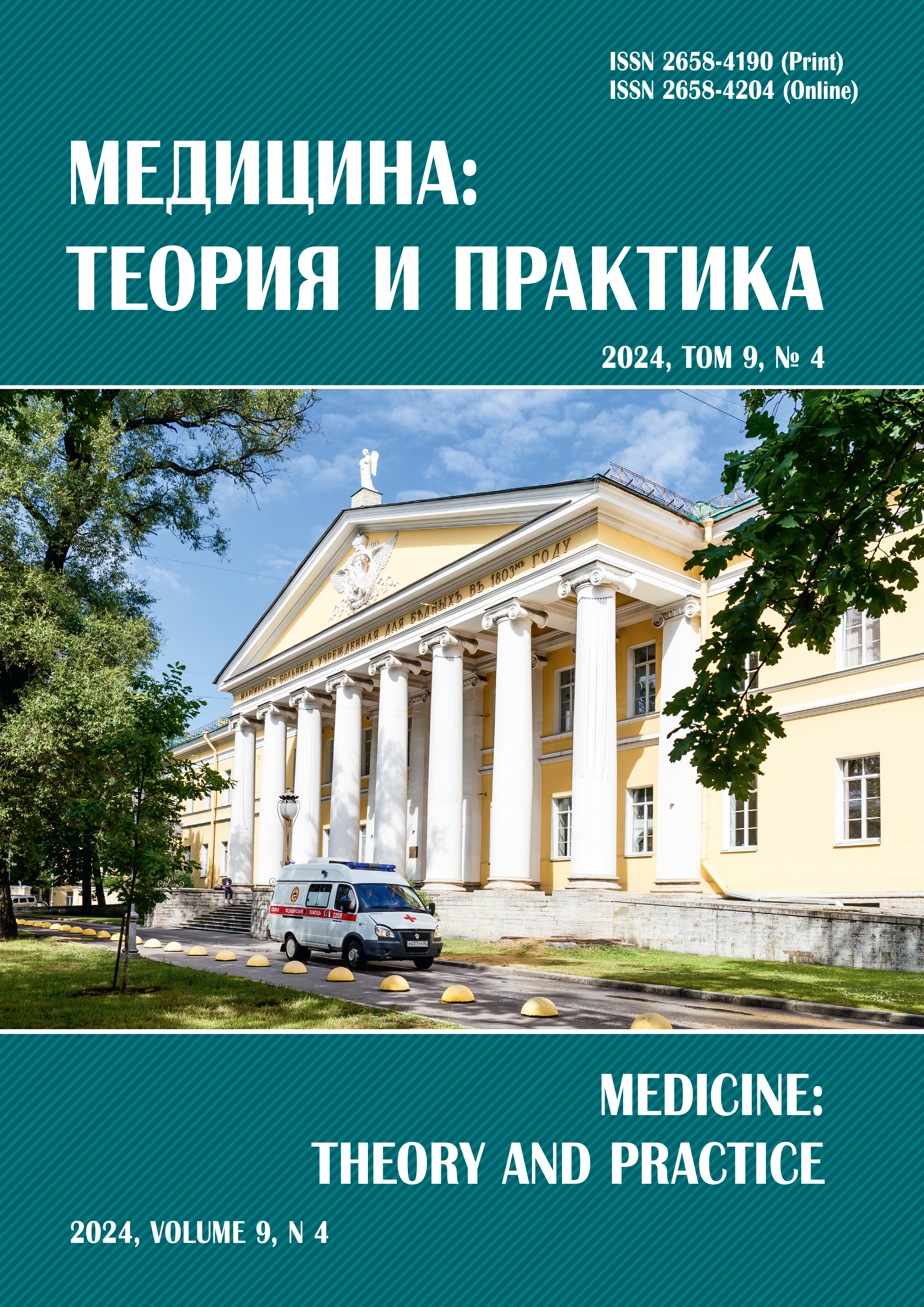EXPERIENCE IN USING INTERNET ELECTROCARDIOGRAPHY IN AN INPATIENT EMERGENCY DEPARTMENT
Abstract
Introduction. A resting electrocardiography (ECG) is the most important routine system. In many cases, ECG recording is performed in the first minutes of contact between the doctor and the patient — in case of suspected rhythm and conduction disorders, myocardial infarction, and chest pain. In such situations, an ECG is taken at home or in an emergency car, which allows, when transferring a patient to a hospital, to form a differential diagnosis tactic and determine a followup examination plan. In the same cases, when the patient is hospitalized for indications unrelated to hemodynamic disorders (pneumonia, gynecological pathology, injuries and other causes), an ECG recording is necessary in the emergency department of the hospital, while the qualification of the doctor on duty does not always allow a reliable assessment of the ECG. Aim. To evaluate the experience of using an Internet ECG in the inpatient emergenc y department of a multidisciplinary hospital. Materials and methods. From August 2023 to October 2024, the complex for automated integrated assessment of the functional state of the cardiovascular system “Cardiometer-MT” was used in the examination of patients seeking medical care at the emergency department of the City Mariinsky Hospital (St. Petersburg). A total of 18,864 ECG recordings were performed. Results. According to the automatic conclusion, an ECG variant of the norm was verified in 23% of patients, various deviations from the norm in 37%, and pathological ECG changes in 25%. Conclusion. The use of Internet ECG systems allows you to optimize the operation of the emergency department, significantly saving time and consumables (thermal paper). Evaluation of the automatic conclusion of an Internet ECG using the “Traffic Light” mode is possible already at the stage of patient admission by the secondary medical staff.
References
Баллюзек М.Ф., Бугагин Д.В., Морозова Н.Н. Опыт унификации исследований ЭКГ-покоя с использованием облачной технологии для их автоматической интерпретации и хранения в многопрофильной больнице. Медицинский алфавит. 2016;1(4):58–61.
Владзимирский А.В., Лебедев Г.С. Телемедицина. М.: ГЭОТАР-Медиа; 2018.
Земцовский Э.В., Абдалиева Ч.А., Баллюзек М.Ф. и др. Электрокардиограмма покоя в 12-ти общепринятых отведениях. Настоящее и будущее. Российский кардиологический журнал. 2015;20(9):84–87. DOI: 10.15829/1560-4071-2015-09-84-87.
Матус К.М. Первый отечественный портативный 12-канальный телеэлектрокардиограф с облачной обработкой и хранением ЭКГ. Медицинский алфавит. 2015;3(14):30–33.
Тимофеев Е.В. Возможности интернет-электрокардиографии в педиатрии. Juvenis Scientia. 2021;7(6):17–27. DOI: 10.32415/jscientia_2021_7_6_17-27.
Тимофеев Е.В., Абдалиева Ч.А., Земцовский Э.В. Интернет-ЭКГ в дифференциальной диагностике кардиалгий на догоспитальном этапе. University Therapeutic Journal. 2020;2(2):18–24.
Тимофеев Е.В., Абдалиева Ч.А., Земцовский Э.В. Опыт применения интернет-ЭКГ для оптимизации сроков госпитализации больных острым инфарктом миокарда. Педиатр. 2018;9(5):21–26. DOI: 10.17816/PED9521-26.
Тимофеев Е.В., Голубева О.Р., Митичкин М.С., Зарипов Б.И. Опыт применения интернет-электрокардиографии в обследовании пациентов в условиях стационарного отделения скорой медицинской помощи. Российский кардиологический журнал. 2024;29(S7):34. DOI: 10.15829/1560-4071-2024-7S.



